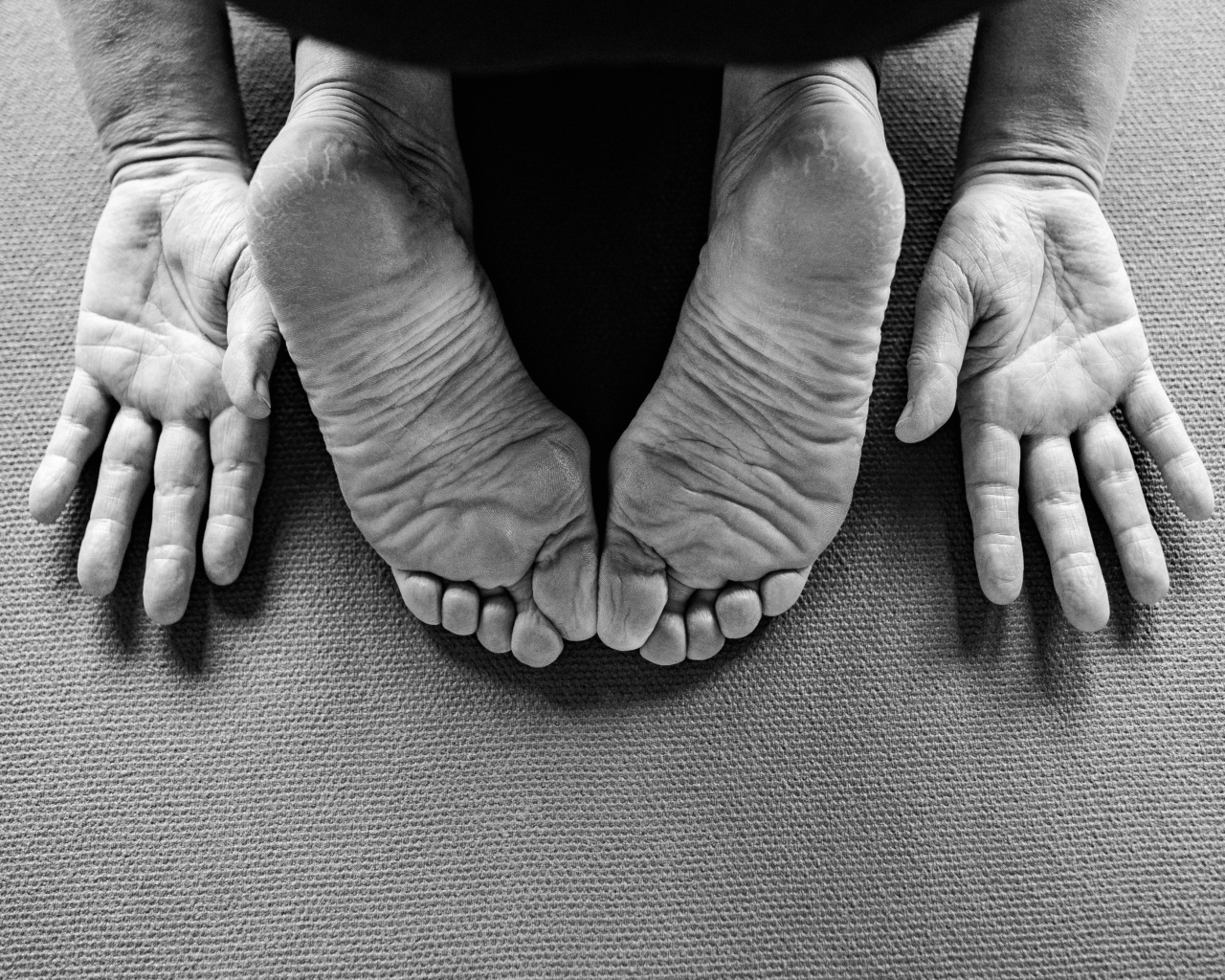Olenic neuritis is a type of neuropathy that affects the nerves in your arms and hands. It typically results in symptoms such as tingling, burning, or numbness in your palms and fingers.
The condition can be mild or severe, and it is often caused by repetitive motions or pressure on the nerves in the affected area. Understanding the symptoms, causes, and treatments for olenic neuritis is important for anyone who experiences these symptoms or who is at risk for developing the condition.
Symptoms of Olenic Neuritis
The most common symptoms of olenic neuritis are tingling, burning, or numbness in the palms and fingers.
Other symptoms may include weakness or loss of grip strength in the affected hand, shooting pains or a sensation of electric shocks in the arm or hand, and a general feeling of weakness or fatigue in the hand and arm.
Causes of Olenic Neuritis
The most common cause of olenic neuritis is repetitive motion or pressure on the nerves in the hand and arm.
This can be caused by a wide range of activities, such as typing on a computer keyboard, playing a musical instrument, or using hand tools for extended periods of time. Other causes of olenic neuritis may include injury to the arm or hand, arthritis, or certain medical conditions such as diabetes or autoimmune disorders.
Diagnosis of Olenic Neuritis
To diagnose olenic neuritis, a doctor will typically perform a physical examination of the affected hand and arm, and will also ask questions about the patient’s medical history and any recent activities or injuries that may have caused the symptoms. In some cases, additional tests such as nerve conduction studies or electromyography (EMG) may be necessary to confirm the diagnosis and determine the extent of nerve damage.
Treatment for Olenic Neuritis
The treatment for olenic neuritis depends on the severity of the condition and the underlying cause of the symptoms. Mild cases of olenic neuritis may be treated with rest, ice, and over-the-counter pain medications.
More severe cases may require prescription pain medication or physical therapy to relieve symptoms and improve nerve function. In some cases, surgery may be necessary to relieve pressure on the affected nerves and reduce the symptoms of olenic neuritis.
Prevention of Olenic Neuritis
Preventing olenic neuritis involves avoiding or minimizing repetitive motions or pressure on the nerves in the hands and arms.
This may include using ergonomic tools or equipment, taking frequent breaks during repetitive tasks, and practicing good posture and body mechanics. It is also important to maintain good overall health, including regular exercise and a healthy diet, to reduce the risk of developing conditions that can contribute to nerve damage and olenic neuritis.
Living with Olenic Neuritis
If you have been diagnosed with olenic neuritis, it is important to work closely with your doctor to manage your symptoms and reduce the risk of complications.
This may include following a specific treatment plan, practicing good self-care strategies such as avoiding activities that aggravate your symptoms, and staying up-to-date on any changes to your condition or treatment plan.
Conclusion
Olenic neuritis is a common condition that can cause significant discomfort and disability if left untreated.
Understanding the symptoms, causes, and treatments for olenic neuritis is important for anyone who experiences these symptoms or who is at risk for developing the condition. By taking steps to prevent nerve damage and manage symptoms, those with olenic neuritis can maintain good health and quality of life for years to come.































